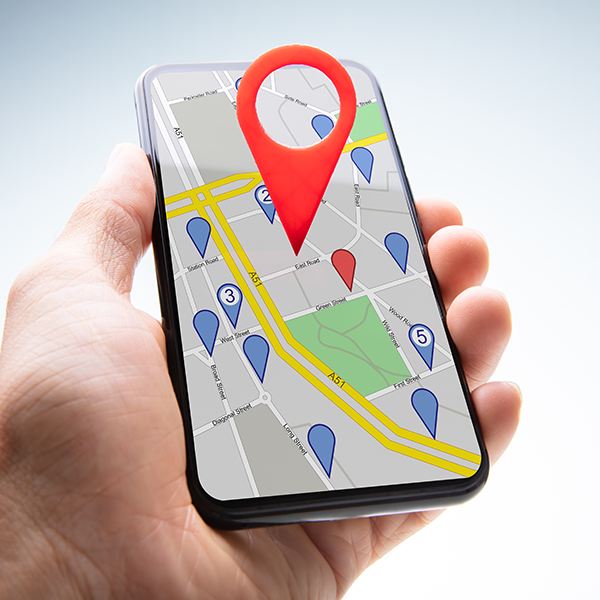7 Key Principles for Mobile Commerce Success

There are currently 115 million smartphone users in the U.S. and an estimated 200 million users by 2017. According to Internet Retailer, in 2012 U.S. smartphone and tablet users spent over $24 billion in mobile commerce sales, accounting for 11% of total ecommerce sales. The digital age is advancing quickly, and with the boom of ever-increasing technology use and some promising statistics, online businesses can't deny the fact that there is huge moneymaking potential in mobile business.
Mobile Commerce, or m-commerce, is the browsing, buying and selling of products and services on mobile devices. If being able to shop from your home computer wasn't easy enough, smartphones and tablets enable you to research and compare products in a physical storefront. Often this can lead to a direct sale online - often from a competitor of the storefront. If you are looking to maximize your online business through mobile, this post will give you some important factors to consider when developing your m-commerce strategy.
7 Key Principles to Maximize your M-Commerce Strategy
To keep your m-commerce strategy running effectively and help your online business grow, make sure you adopt these principles:
1. Do on-going research to determine what mobile devices are popular with your target market.
This is about understanding how you need to prioritize your mobile strategy to maximize ROI. Not every online market makes use of mobile devices. You may have a business where users actually find it more difficult to research and shop for your products through a smartphone. What does your current analytics data suggest? Also, what is your competition currently offering in terms of mobile presence? A story can be formed by performing gap and opportunity analysis. The more persistent you are with research and analysis, typically the better you will be able to focus on what's most important.
2. Keep brand consistency across your web and mobile properties.
Make sure your ecommerce and m-commerce sites are consistent and congruent in terms of design, product offering, content flow and overall brand messaging. If you are in a position to take advantage of responsive design, do so. Your visitors will expect a consistent branding experience, whether they know it or not. This builds trust, whereas any inconsistency is a sure-fire way to lose sales.
3. Try to keep it simple at first and then add complexity.
As a colleague states, "web users are finicky; mobile users are finickier." Mobile users typically expect their content to load quickly. You have to take extra care to ensure your mobile content can be consumed in multiple formats. This means making the pages more light weight: use clean code, be careful with large data features like videos and make sure to test all your site's features so you know what needs to be sped up, taken down or added in.
4. Remember to include mobile in your online testing strategy.
Smart marketers understand how to increase ecommerce sales through practices like user testing, landing page testing and conversion rate optimization. Due to the fact that the user interface and user experience on mobile devices are different, it's important to understand what your target market expects from your mobile site and include these considerations in your testing strategy.
5. Remember to QA your mobile site.
The concept seems simple enough, but it can be overlooked, especially as websites continue to grow and stakeholders forget to take into account the mobile experience. Does the design break at any point? Is the site cross-browser compatible? Does the checkout process work? Are you able to track everything appropriately in terms of analytics? Do the forms work? Does every link and do all calls-to-action perform as expected? It can be frustrating to try and purchase something through a mobile device and encounter a broken link. This will typically lead to a lost sale.
6. Keep reading more about mobile optimization.
Things move quickly in this area. In order to correctly optimize your mobile business make sure all your mobile data is in order, know what metrics are key to your success and know the specifics of what your customers are searching for most. Mobile optimization is a key factor when looking to increase sales and improve customer satisfaction. This leads to...
7. Leverage customer feedback.
It's very important to have a customer feedback page, suggestion box, review section, etc. Most businesses have drastically increased their online sales by listening to customer feedback, so why not do the same for your m-commerce business? Utilize your Facebook and Twitter friends/followers to understand their likes/pain points. Send out a survey to your email list. What one customer wants, usually many more will want. If you tailor your mobile business to your customer feedback you will keep them satisfied and coming back for more.
eMarketer estimates that by 2017, approximately 25% of online retail transactions in the U.S. will take place on mobile devices. As technology is changing and rapidly increasing, so is the way consumers buy their products, which means you, as an online business owner, has to change as well. The potential for your business to grow through m-commerce is extremely promising and is up to you, with a little help from the experts, to make the most of your mobile business.
Subscribe to Our Newsletter!
Latest in Mobile Marketing









